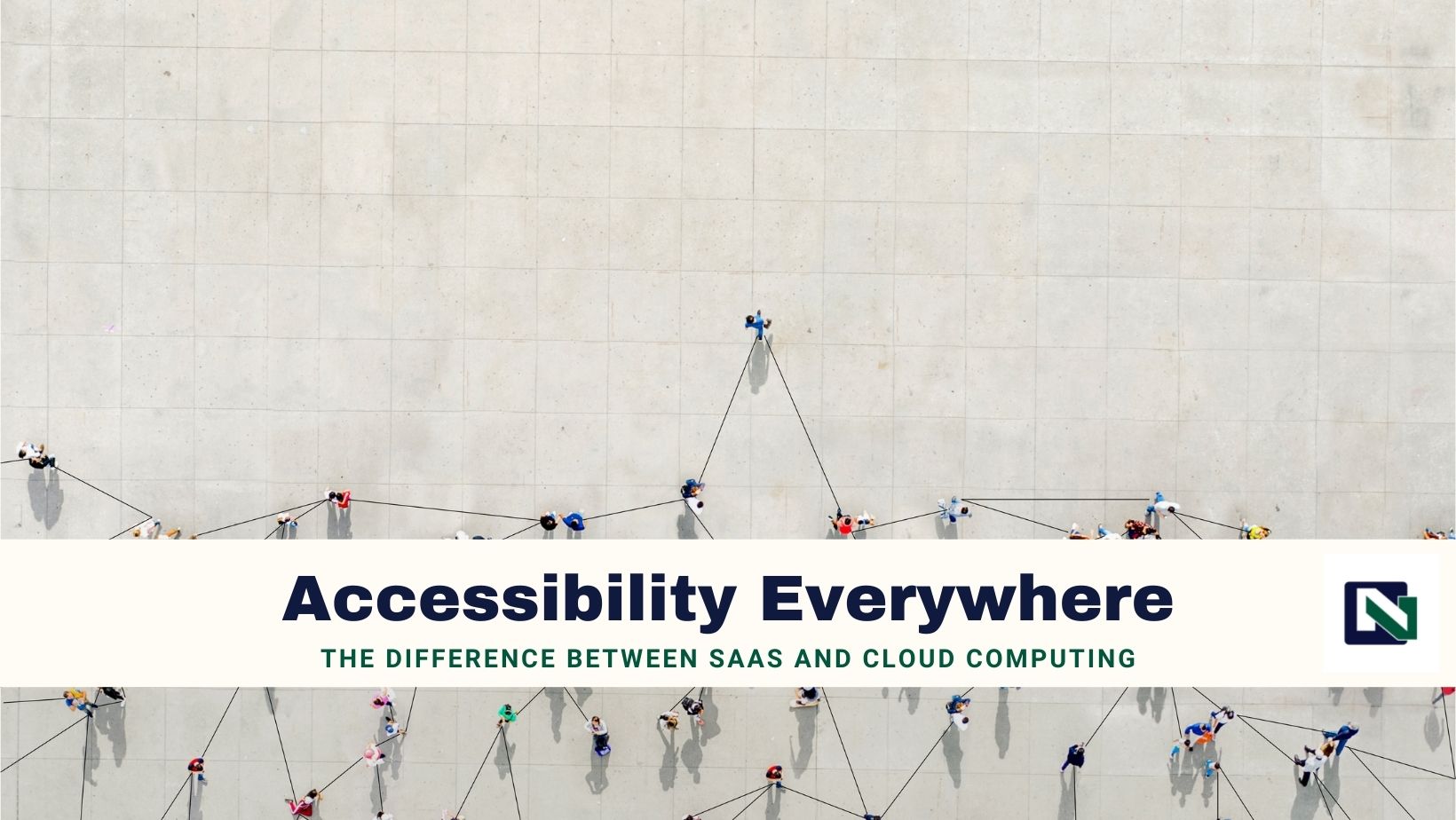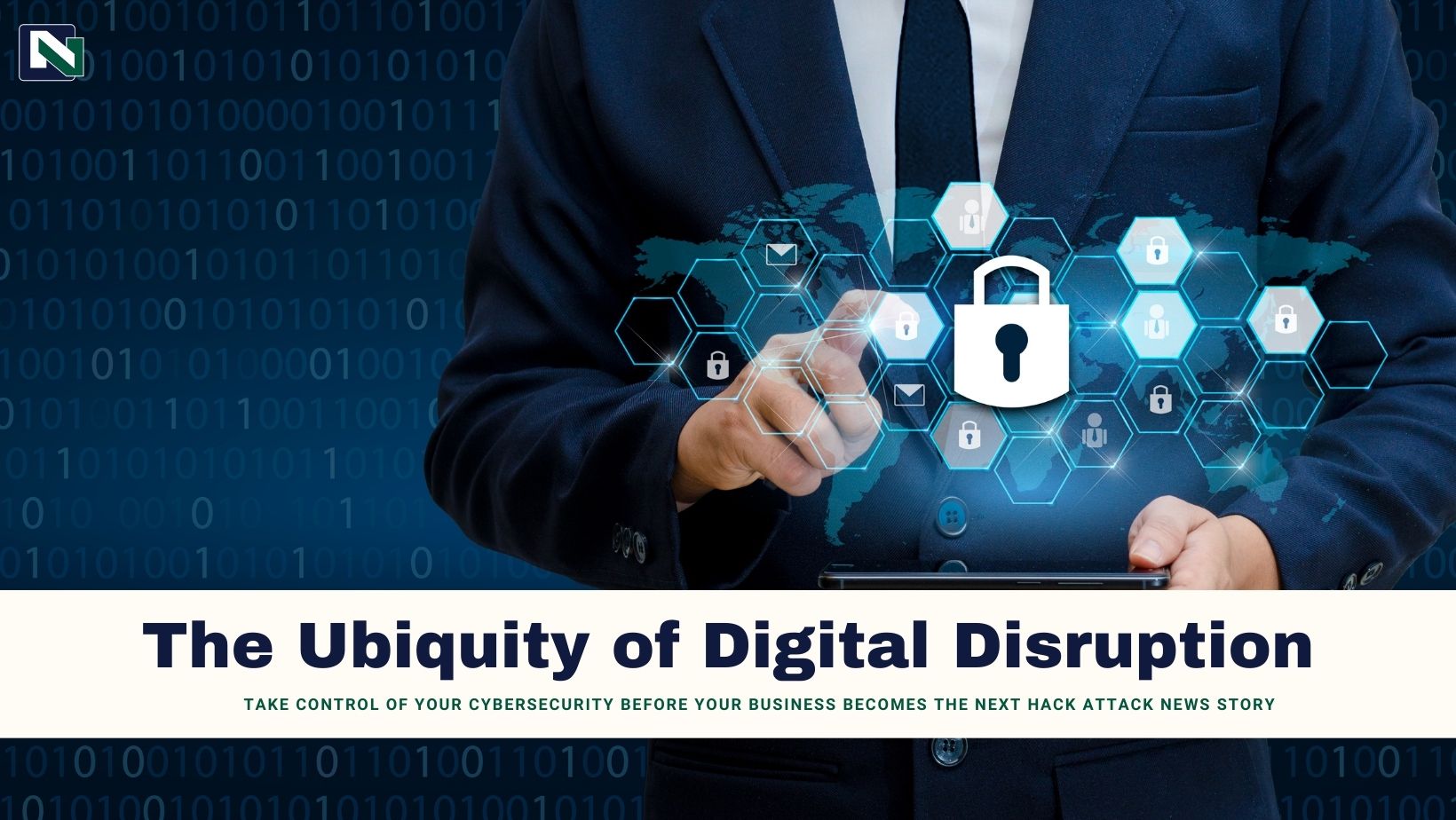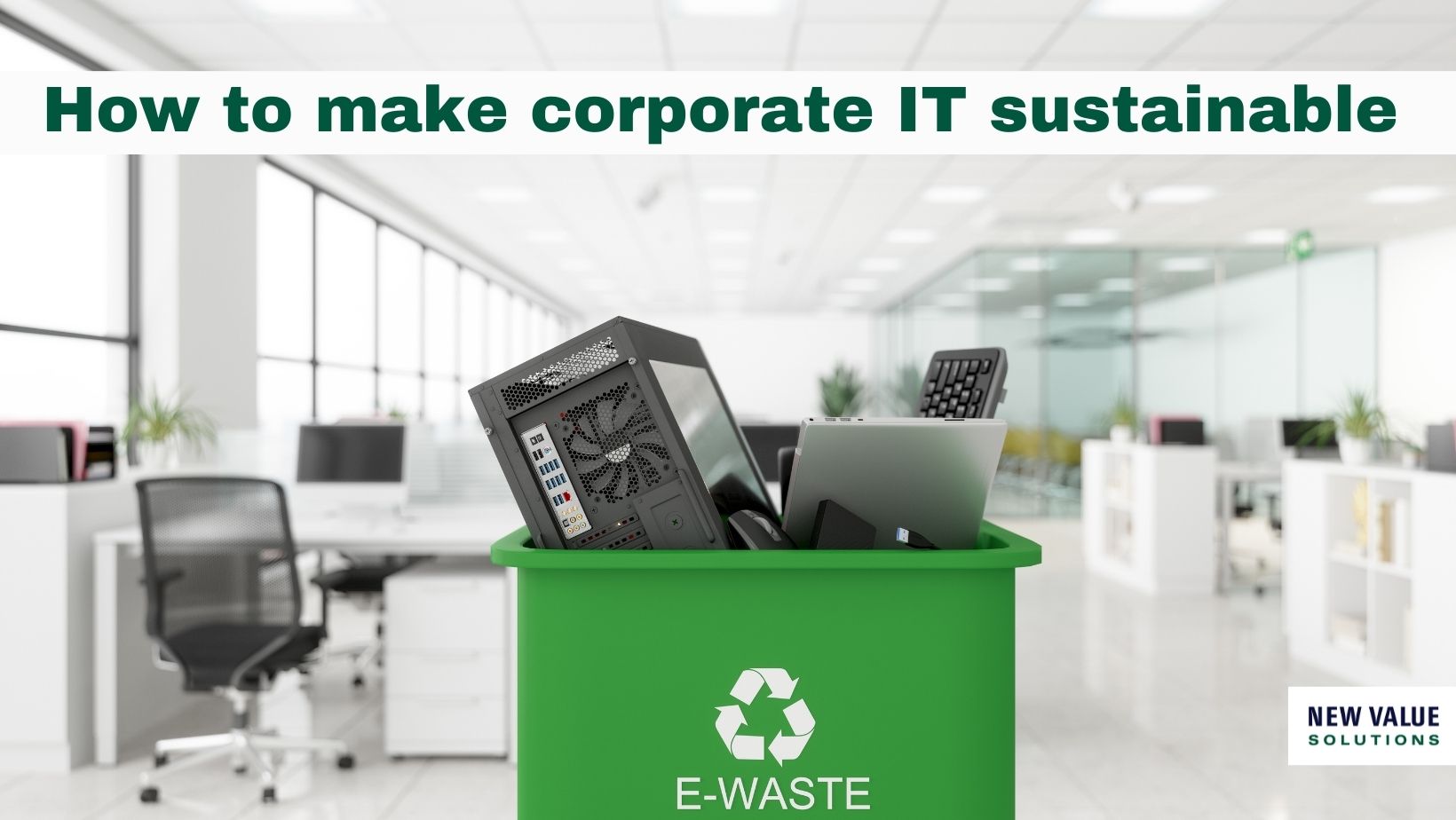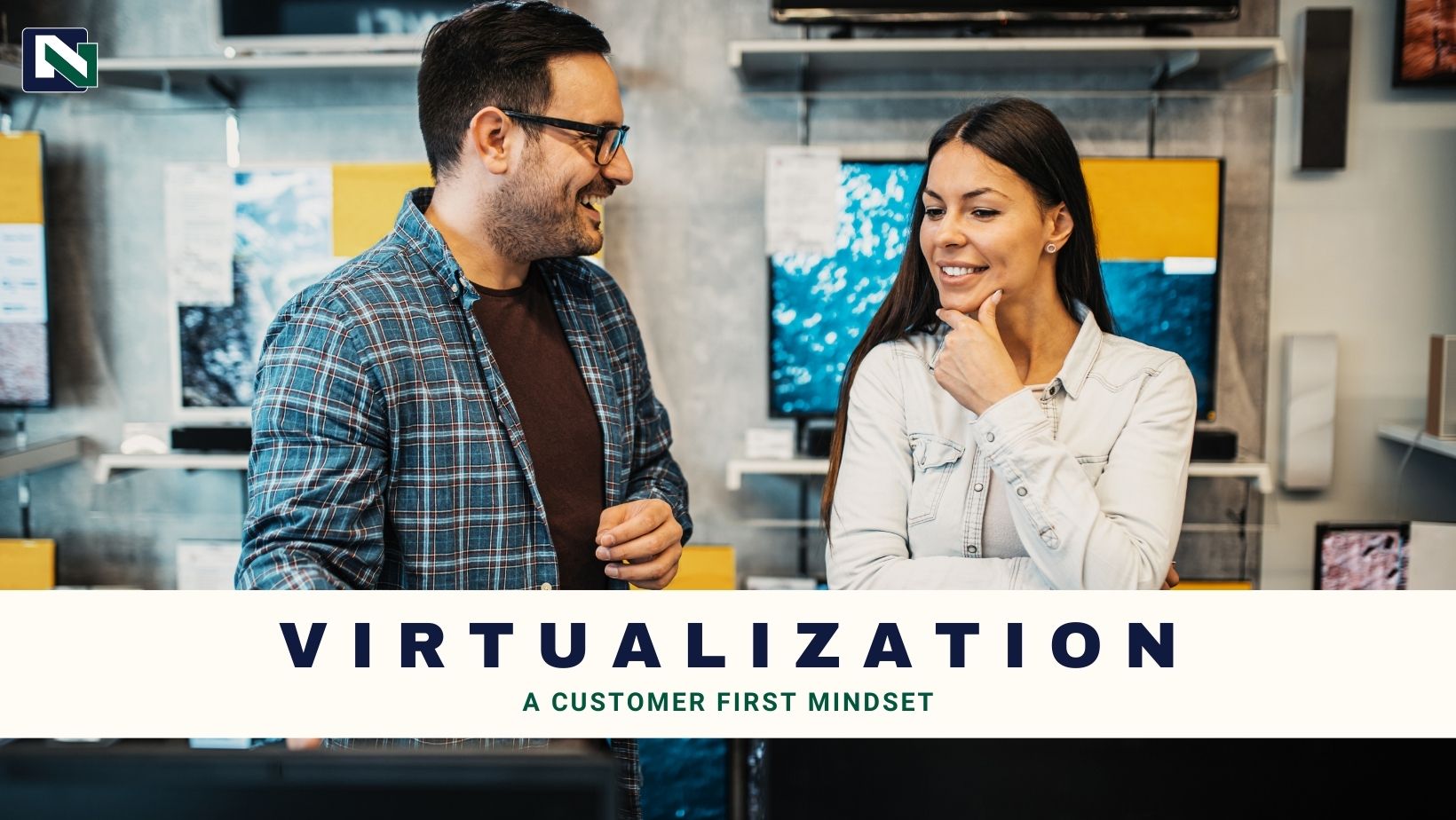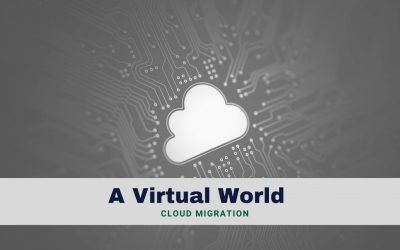Cloud Vs SaaS: What is the difference? We get asked this a lot by companies looking to understand and take greater advantage of the cloud. Software as a Service (SaaS) and Cloud computing are two practices frequently used today as cost-effective alternatives to owning and maintaining on premise servers. Although SaaS is a type of cloud computing, the terms are not interchangeable. One comparable characteristic of both models is the accessibility they offer you to your data, from anywhere and on any device. Their key differences, however, often influence the direction companies choose to take when deciding between the two and it is therefore important to understand both terms independently.
Cloud
Today, it is almost impossible to find an organization that does not rely at least partially on cloud services. It is no longer an emerging or disruptive technology and rather a mainstream software that you use every day without often even noticing it.
But what really is the cloud? In layman terms, the cloud can be viewed or compared to the internet. If you are using a cloud-based software, you can use the internet (the cloud) to access that software whenever and wherever you want as long as you are connected to the internet and access is fluid. In technical terms, it is the on-demand availability of computer system resources like servers, storage, databases, networks, files and of course in your company’s COTS or custom software. It is like your own personal data center at your fingertips.
Today, many perceive cloud computing as integral to the success and growth of any business. Your involvement with Cloud environments can be as much or as little as you want, depending on whether or not you choose an Infrastructure-as-a-Service (IaaS) or Platform-as-a-Service (PaaS) cloud environment. Your strategic growth initiatives and desired business outcomes determine the best cloud environment.
Where does SaaS come into play?
Software as a service is a software licensing and delivery model in which cloud-based software application is licensed to a user on a subscription basis (Hufford n.d.). This application is accessed via the internet which means the user does not maintain the software locally. The advantage offered for the SaaS user (typically a company) is that they can avoid installing and maintaining the software themselves. All they need to do is login via the vendor’s system and pay a monthly fee for access. The provider of SaaS software runs the application on their server and are the ones responsible for the security, performance, and maintenance, freeing you from complex software and hardware management.
You do not need a Cloud infrastructure to purchase a SaaS subscription. Even though SaaS is a part of cloud computing they do not share the same concept. SaaS is just a single branch that Cloud computing enables and powers, but you do not need to own a form of Cloud computing to access your SaaS. Cloud computing ultimately is an overarching application which covers a wide spectrum of services, while SaaS is just a single category of that practice.
It is important to understand how to differentiate these concepts from one another when moving forward with your digital transformation. Many and most have very similar attributes and can seem interchangeable. Yet, each software offers something unique that may or may not work in harmony with your environment. It is highly recommended to rely on an outside vendor to assess your ecosystem and provide expert-advice as to what would benefit your company most.
Source
“Cloud Vs SaaS: What’s the Difference?” Hufford, Jillian. (2020)
Cloud Vs SaaS: What’s the Difference? | Channel Blog.
